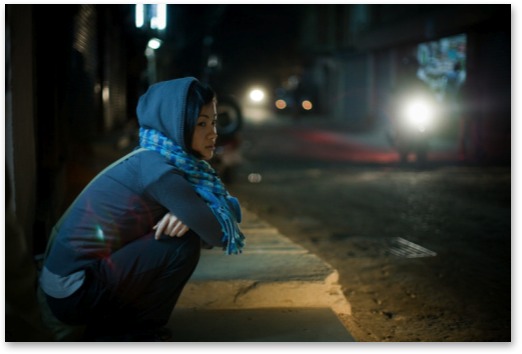

There are many ways to measure homelessness in statistical terms, but the bleak truth is that every night, in every city, men, women, and children are forced to sleep outside without adequate shelter or safety. Many more seek refuge in shelters or transitional housing. In the Seattle area, an annual count is conducted to estimate how many people are without permanent housing; the results of these counts for this year and past years can be found at the One Night Count website.
Roughly one quarter of homeless people suffer from a serious mental illness, such as schizophrenia or bipolar disorder. Half of mentally ill homeless people suffer from substance abuse issues at the same time. The net consequence of these disabilities is that homeless mentally ill people are at greater risk for physical diseases, incarceration, and suicide. A hallmark of serious mental illness is a difficulty in maintaining close and supportive personal relationships. In the absence of a stably concerned set of friends, family members, or mental health professionals, the homeless mentally ill person stands little chance of being able to engage in self-care behaviors that might lead to a bettering of their condition. Homeless people who are not suffering from serious mental illness are nonetheless endangered by the cumulative effects of stress, exposure to disease, and poor nutrition.
Social service agencies, including Seattle's Union Gospel MIssion, exist to provide help with urgent housing, shelter, and medical needs for this population. The ultimate goal of these programs is to help people achieve the greatest degree of health and stability possible, a metric that is very individually defined. The John Leonard Adams Foundation will focus its work in two areas that have been shown to benefit homeless and mentally ill people: arts programs, and outreach and engagement (companionship) training.